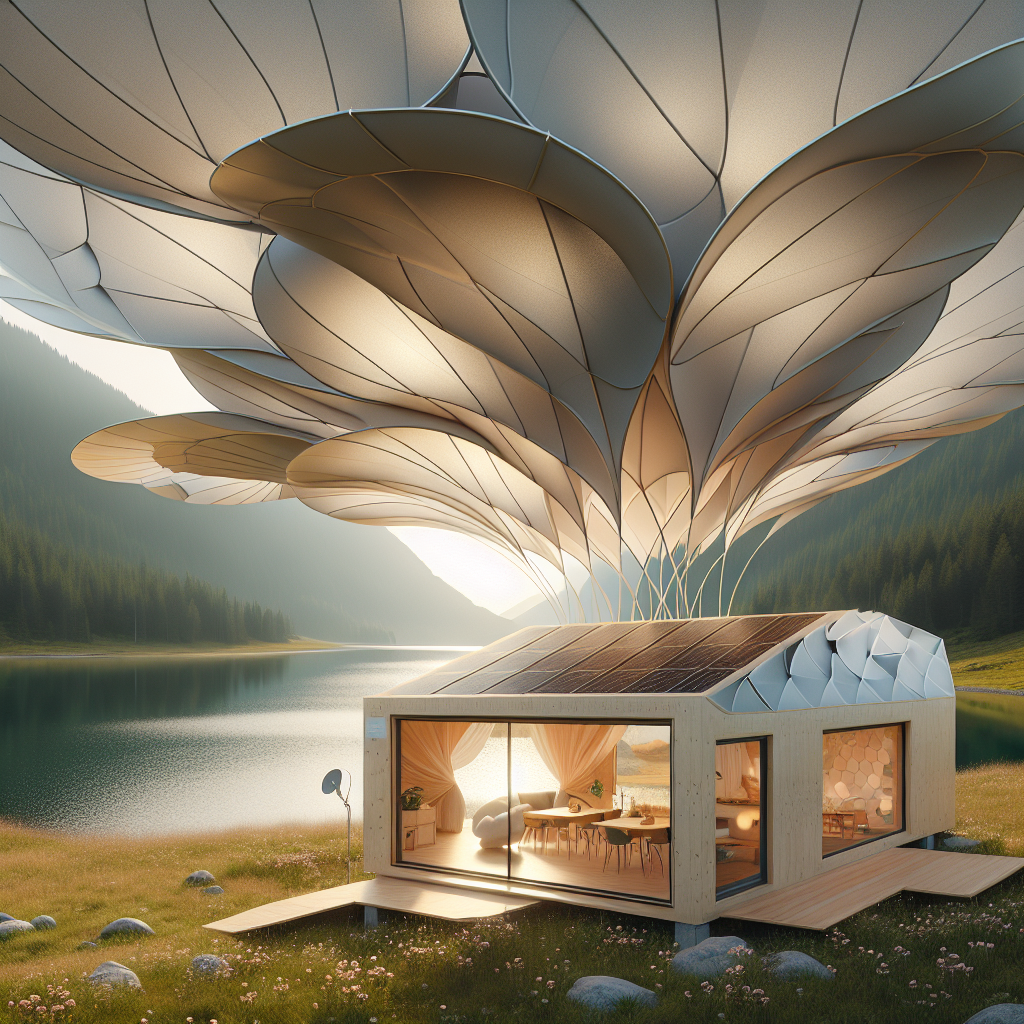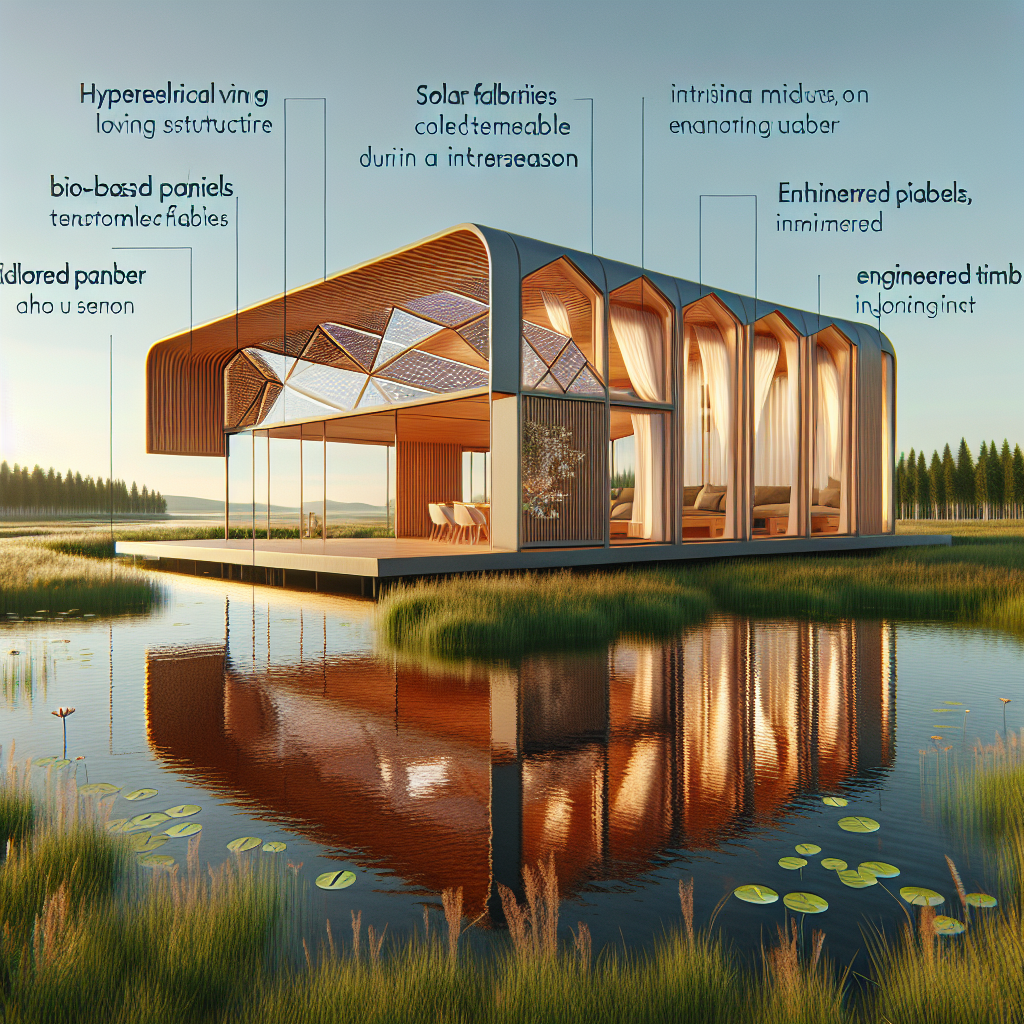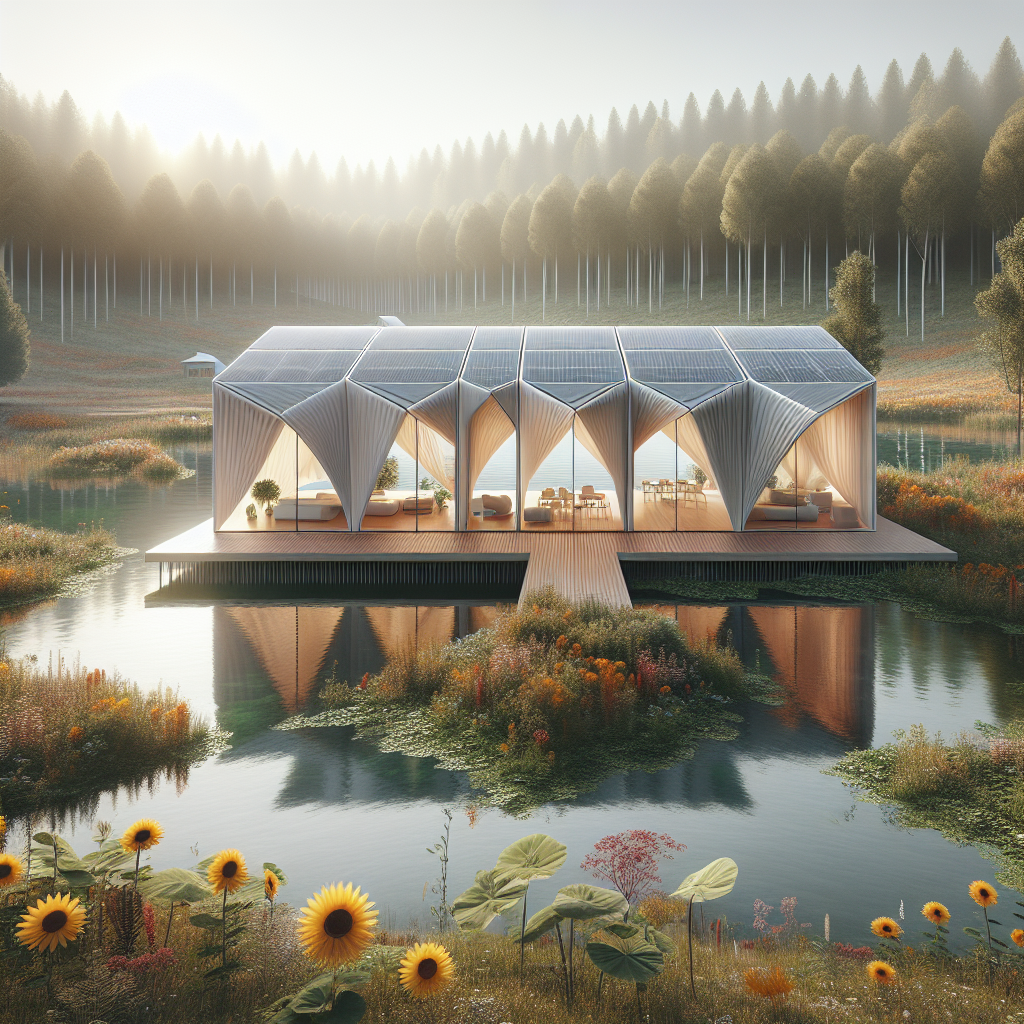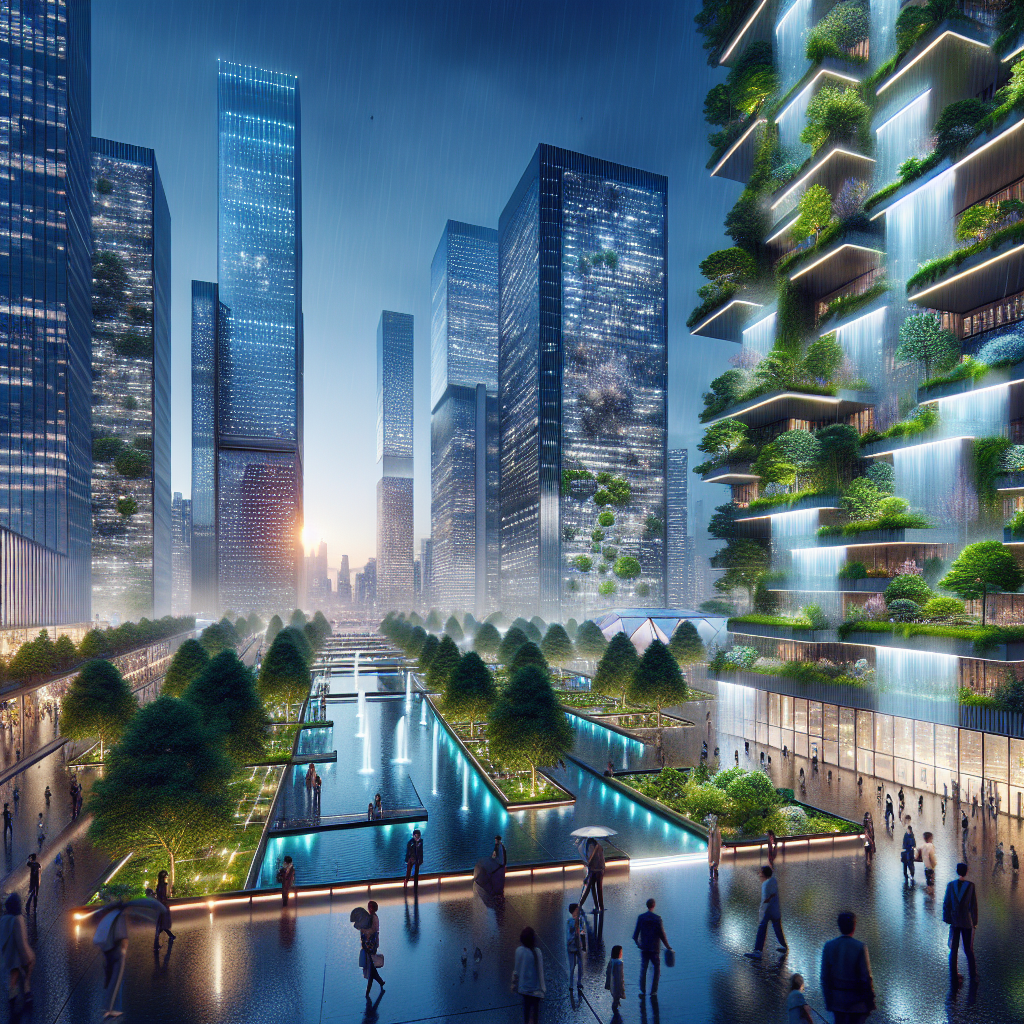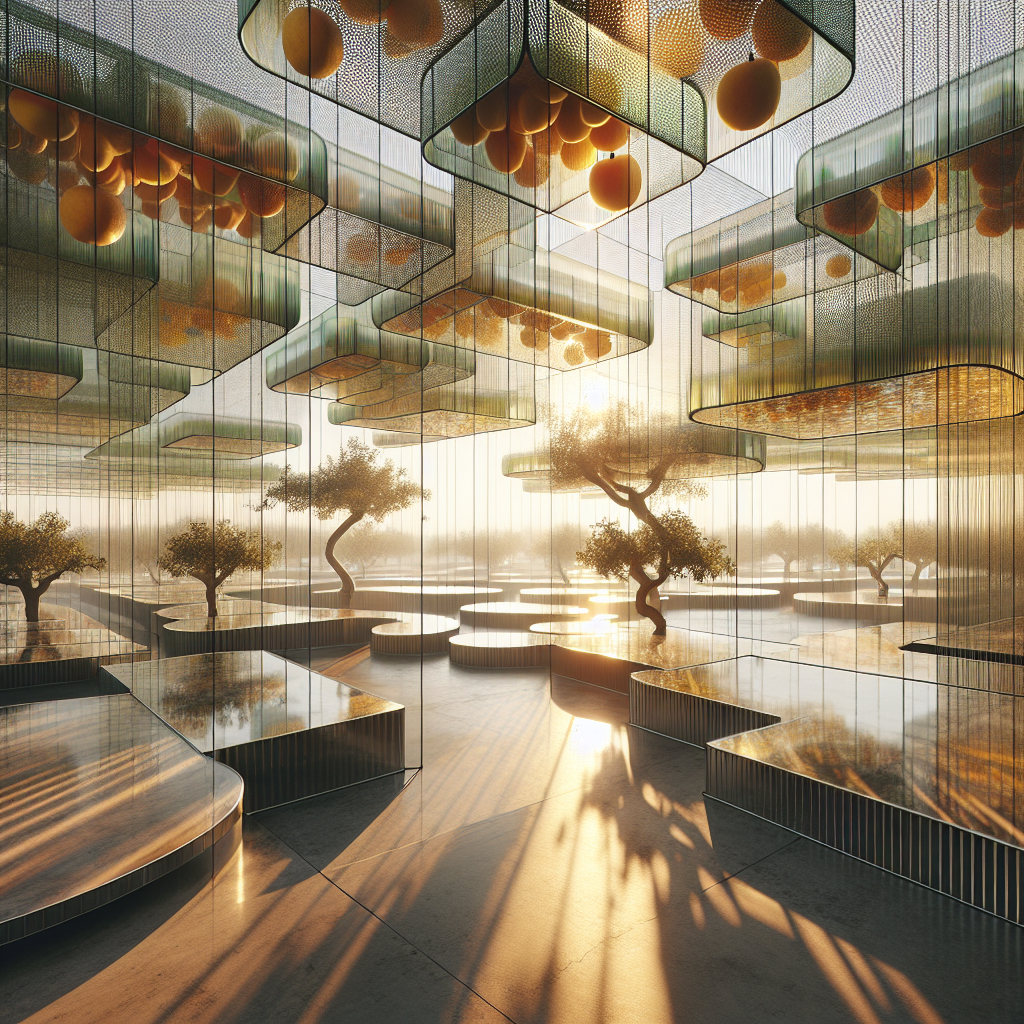The ephemeral house: collapsible living structures designed for multi-season migrations
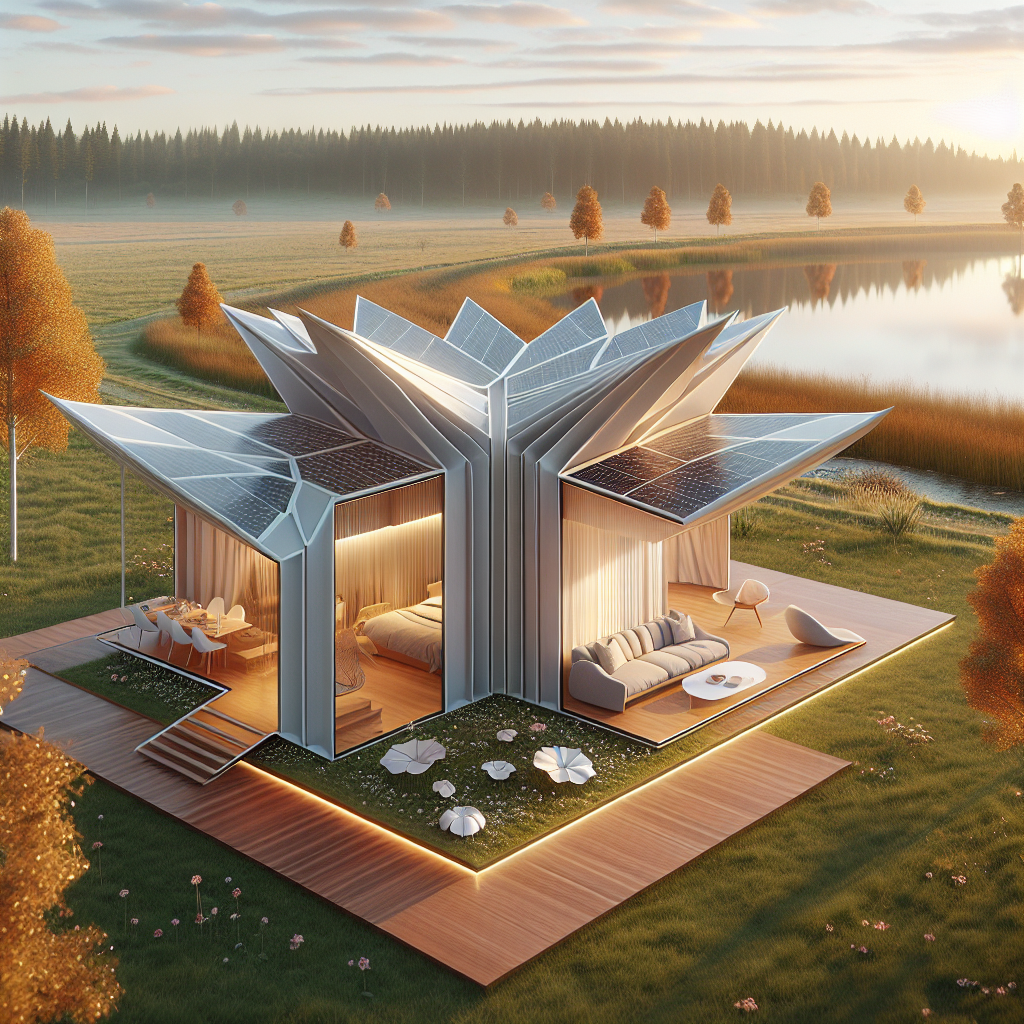
The Ephemeral House: Collapsible Living Structures Designed for Multi-Season Migrations
In an era defined by mobility, adaptability, and environmental consciousness, the concept of the home is undergoing a profound transformation. The once-static notion of domestic architecture—anchored to a single plot of land and climate—is being reimagined as a fluid, responsive system. Enter the ephemeral house: a new architectural typology that embraces impermanence, portability, and ecological intelligence. These collapsible living structures are designed for multi-season migrations, allowing inhabitants to follow the rhythms of nature, work, and weather with unprecedented freedom.
From Nomadism to Neo-Nomadism
Humanity’s earliest dwellings were inherently mobile. The yurts of Central Asia, the Bedouin tents of the Arabian Peninsula, and the tipis of North America were all ingenious responses to nomadic life—lightweight, modular, and climatically attuned. Today’s architects are revisiting these ancestral principles through the lens of advanced materials, digital fabrication, and sustainable design. The result is a contemporary form of neo-nomadism—a lifestyle that blends the freedom of movement with the sophistication of modern living.
Architectural studios across the globe are exploring how collapsible homes can serve as both primary residences and seasonal habitats. They cater to professionals who work remotely, climate migrants seeking adaptable shelter, and eco-travelers desiring a minimal footprint. The ephemeral house is not a retreat from modernity—it is its logical evolution.
Designing for Impermanence
At the heart of the ephemeral house lies a paradox: how to design something temporary that still feels profoundly permanent in its experience. The answer lies in material innovation and spatial intelligence. Architects are turning to lightweight composites, tensile fabrics, and modular timber systems that can be folded, packed, and reassembled without heavy machinery.
One striking example is the Nomadic Pavilion by the French studio Atelier LUMA, a structure composed of bio-based panels and flexible joints that can be dismantled in hours. Similarly, Japanese architect Kengo Kuma’s experimental “Fold House” employs origami-inspired geometry to achieve compactness and strength, merging craft and computation. These designs echo the modular design movement, yet push it further—toward true architectural impermanence.
Material Intelligence and Sustainability
The ephemeral house is a laboratory for material experimentation. Architects are embracing biodegradable polymers, carbon-neutral aluminum alloys, and engineered timber to create structures that are both durable and recyclable. The goal is to achieve zero-waste construction—a principle aligned with the growing movement toward circular economy architecture.
According to a 2024 report by the World Green Building Council, construction and demolition waste accounts for nearly 40% of global solid waste. Collapsible housing offers a radical alternative: structures that leave no trace. When disassembled, components can be reused, composted, or reconfigured into new typologies. This regenerative approach echoes the ethos of biophilic design, which seeks harmony between built and natural environments.
Mobility as a Design Principle
Mobility is no longer a constraint—it is a design driver. The ephemeral house is engineered for ease of transport and rapid deployment. Some models fold into compact units that fit on a flatbed truck or within a shipping container. Others employ inflatable membranes or telescopic frameworks that expand on-site. These innovations are redefining what it means to “move house.”
Architects like Italy’s Carlo Ratti and the Danish collective SPACE10 are experimenting with smart, sensor-integrated structures that adapt to local climates. Solar panels unfold like petals, rainwater is harvested through flexible gutters, and façades adjust opacity in response to sunlight. This responsive architecture mirrors the adaptability of living organisms—a theme explored in depth in biomimicry-driven design.
Living Between Seasons
Multi-season migration is not a futuristic fantasy—it’s an emerging lifestyle. As climate patterns shift and remote work becomes the norm, people are seeking seasonally adaptive living models. Imagine spending summers in a coastal habitat that folds into a compact pod for winter relocation to a forest clearing. The ephemeral house enables this fluidity, offering both comfort and continuity across environments.
Designers are also rethinking interiors to support this nomadic rhythm. Furniture doubles as storage, walls unfold into workstations, and textiles serve as both insulation and ornamentation. The aesthetic is minimalist yet warm—think Scandinavian restraint meets desert pragmatism. The palette often draws from the landscape: ochres, sands, and muted greens that blur the boundary between shelter and setting.
Case Studies: Architecture in Motion
Among the most compelling prototypes is the “Fold & Float” dwelling by the Dutch firm Studio RAP, a collapsible home designed for amphibious living. Its lightweight frame allows it to rest on land or water, responding to seasonal floods. Similarly, the Nomad Cabin by Estonian startup ÖÖD uses mirrored glass panels to reflect its surroundings, creating a sense of invisibility while maintaining thermal efficiency.
In Australia, Grimshaw Architects’ Solar Skin Shelter employs photovoltaic fabric that generates energy while providing shade—an elegant solution for off-grid living. These projects share a commitment to mobility, self-sufficiency, and environmental integration, redefining the very notion of permanence in architecture.
Ephemeral Architecture and Cultural Identity
Beyond function, the ephemeral house raises profound cultural questions. What does “home” mean when it can be folded and carried? How does architecture shape identity when rootedness gives way to transience? For many designers, the answer lies in crafting rituals of assembly—moments when inhabitants participate in the act of building, transforming architecture into a communal experience.
This participatory ethos resonates with the principles of temporary architecture seen in art festivals, humanitarian shelters, and pop-up installations. The ephemeral house, though mobile, becomes a vessel for memory—a structure that travels with its occupants, collecting traces of each landscape it inhabits.
Technology and the Future of Collapsible Living
Digital tools are accelerating the evolution of collapsible architecture. Parametric modeling, robotic fabrication, and AI-driven optimization allow designers to simulate folding mechanisms, stress points, and thermal performance with extraordinary precision. Startups are integrating IoT sensors to monitor energy use, air quality, and structural stability in real time, transforming the ephemeral house into a living organism of data and design.
As explored in AI in architecture, machine learning is reshaping how architects conceive adaptable spaces. The ephemeral house is the perfect canvas for such experimentation—an architecture that learns, folds, and unfolds in sync with its inhabitants’ lives.
Redefining Permanence in the Age of Climate Flux
In a world of rising seas, shifting seasons, and transient populations, permanence may no longer be the ultimate architectural virtue. The ephemeral house proposes a different kind of stability—one rooted in adaptability, resilience, and ecological empathy. It is a home that moves with the earth rather than against it, a structure that acknowledges the temporality of human existence while celebrating the continuity of design.
For architects and designers, this shift signals a new frontier: an architecture of movement, not monumentality. The ephemeral house is not a retreat from the built world—it is its most agile expression, a poetic synthesis of technology, tradition, and transience.
In the end, the ephemeral house is less about where we live and more about how we choose to inhabit the planet—lightly, intelligently, and beautifully.
